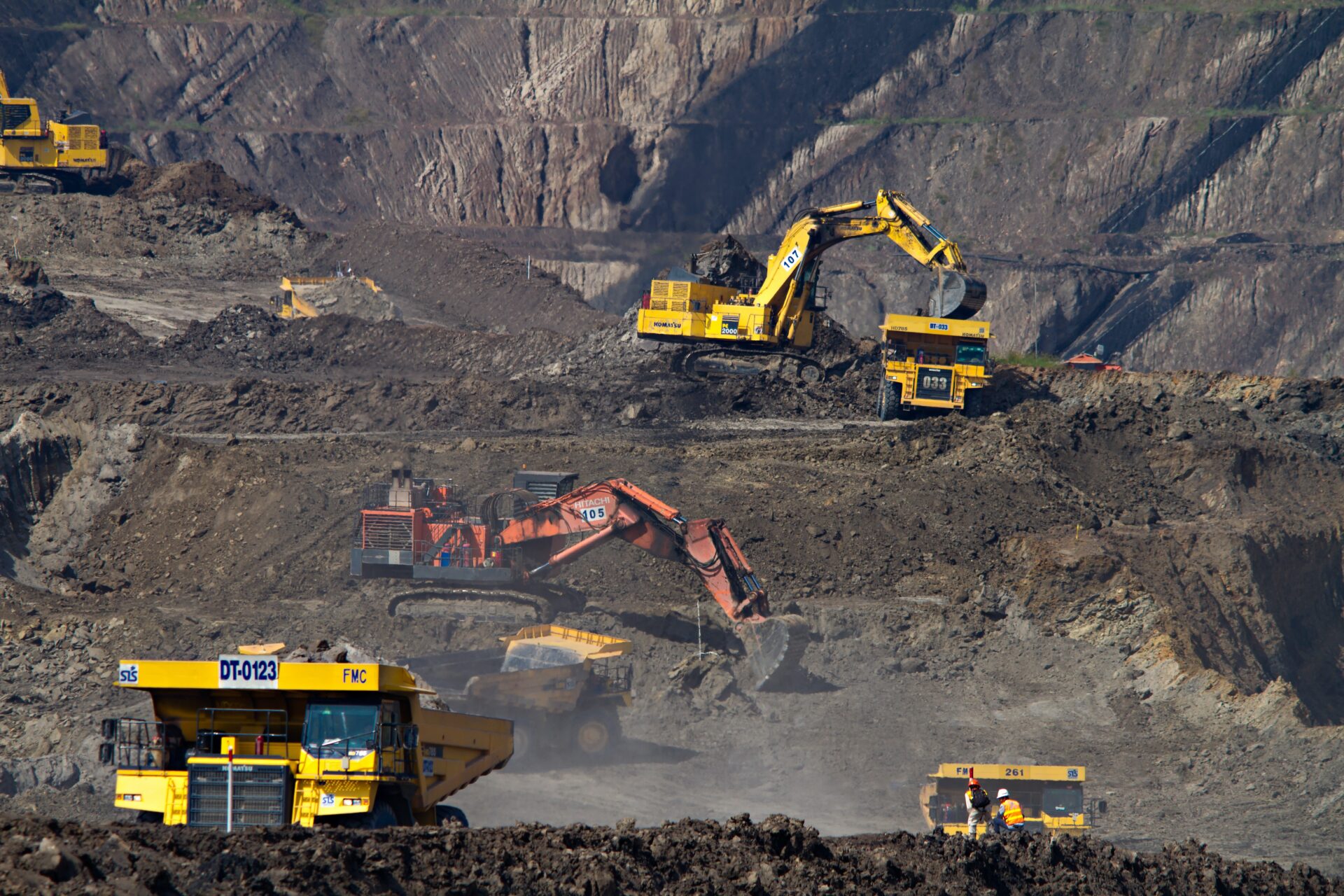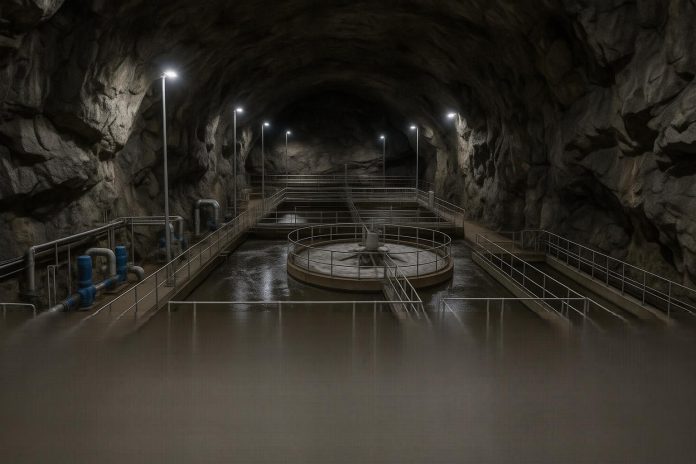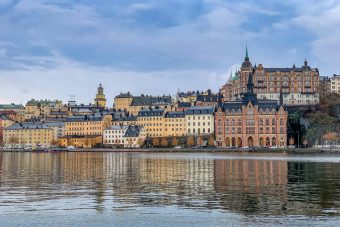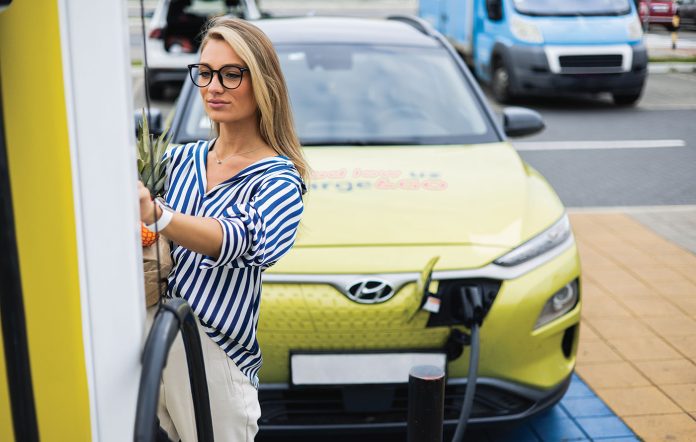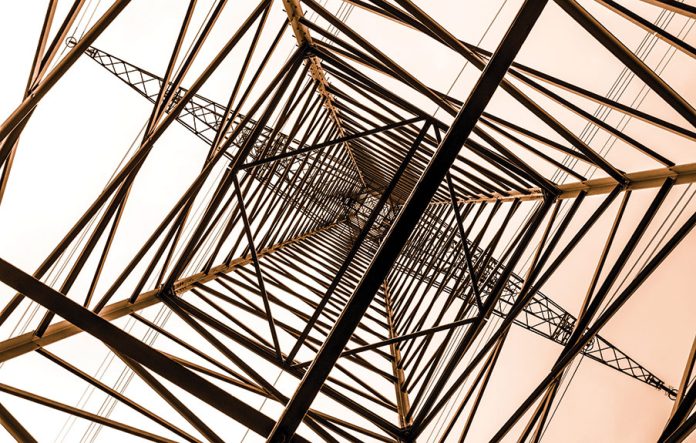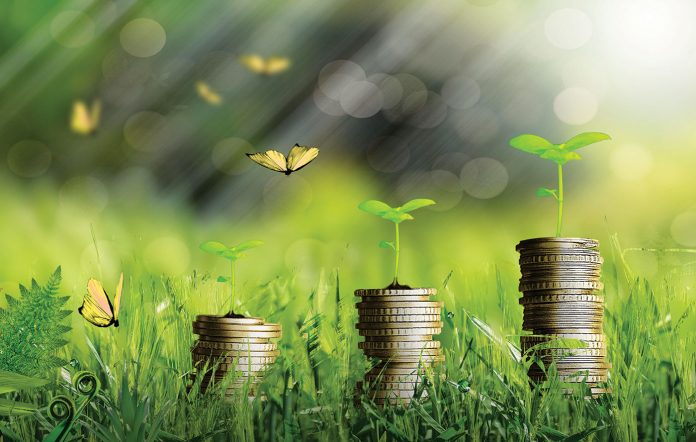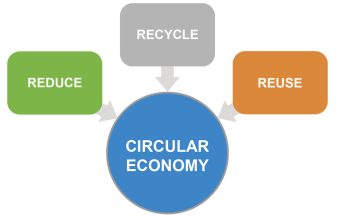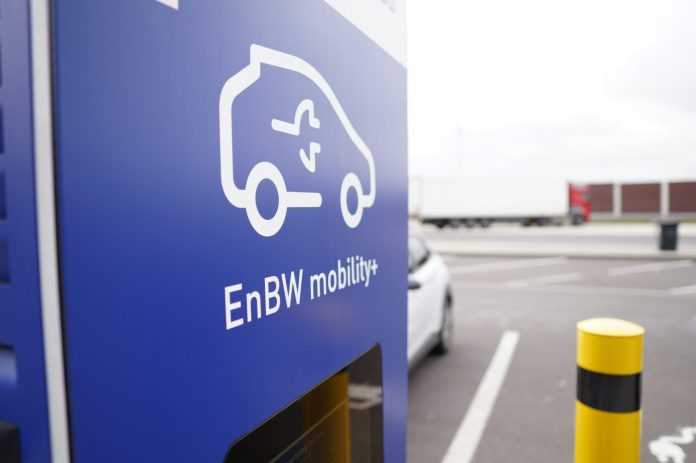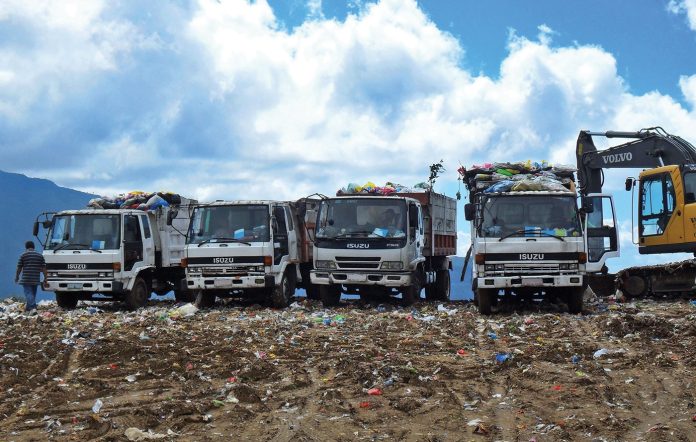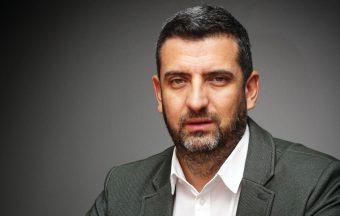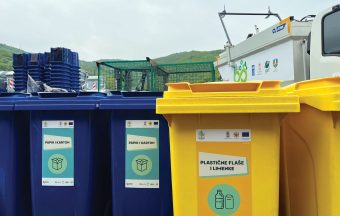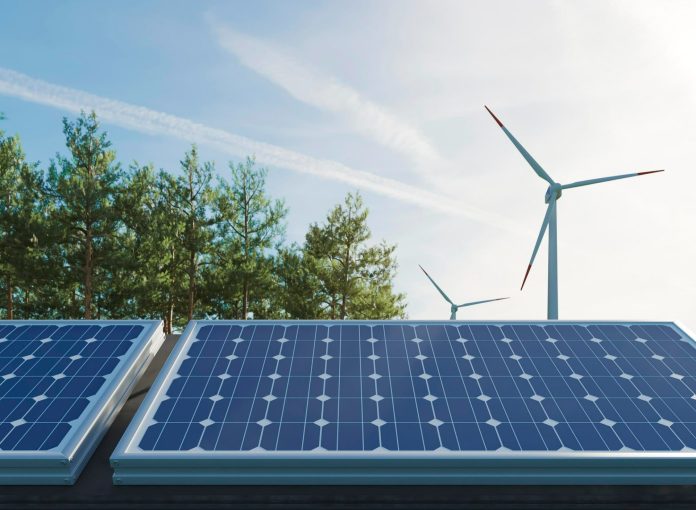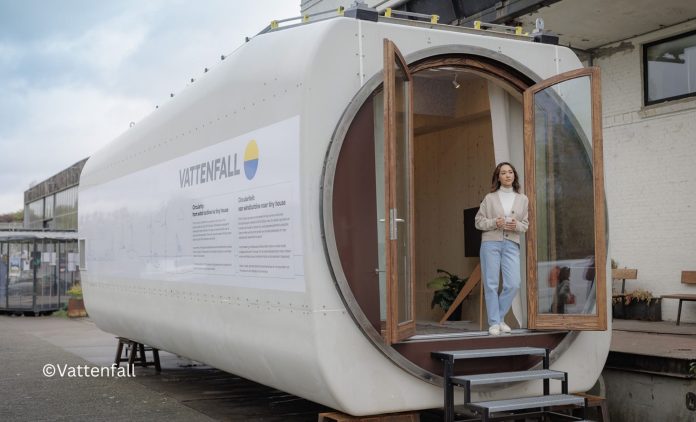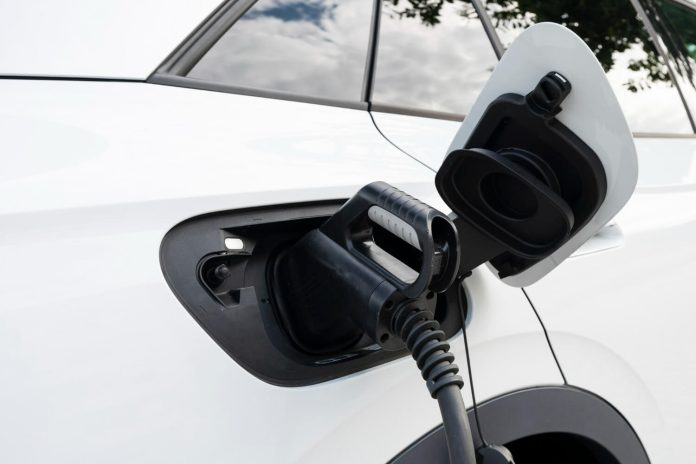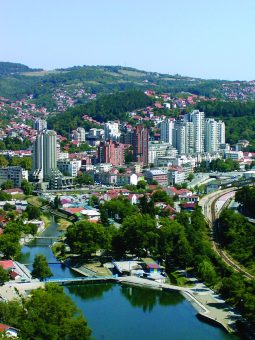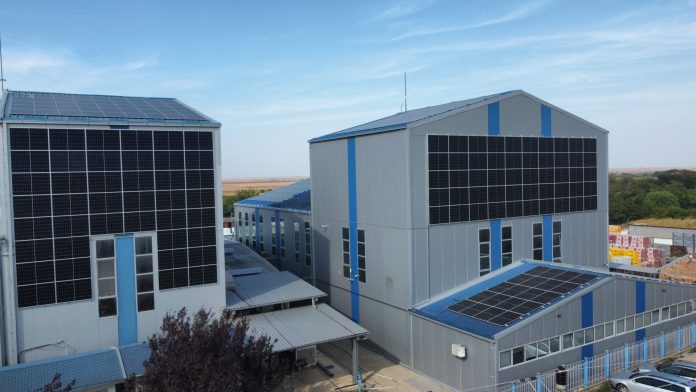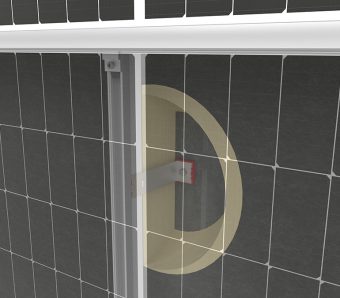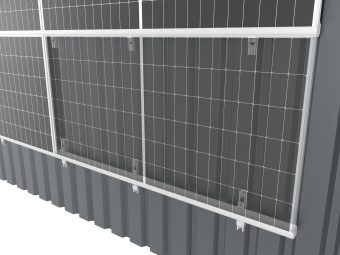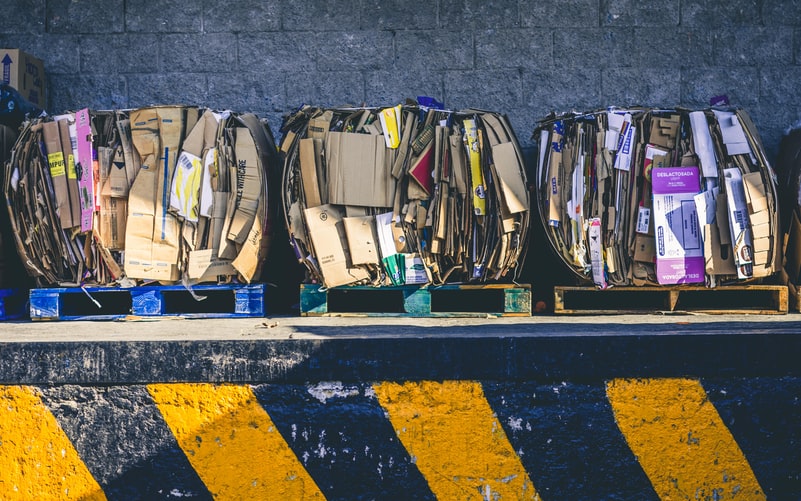Electricity production from coal reached its lowest level in the past two decades last year, totaling 44 gigawatts (GW), marking a strong signal for the continued decline in the use of the most harmful fossil fuel, according to the annual report by Global Energy Monitor.
The report, titled “Boom and Bust Coal”, tracks nearly every coal-fired power plant and the plans for their construction across the globe.
Data shows that the number of coal plants worldwide increased by less than one percent in 2024, with a net growth of 18.8 GW, as 25.2 GW of capacity was retired.
Only eight countries proposed new coal power plants in 2024, compared to twelve in 2023. Among the 38 developed member countries of the Organisation for Economic Co-operation and Development (OECD), the number of proposals for new coal plants dropped from 142 in 2015 to just five today.
New coal plant proposals have declined significantly in Southeast Asia, with Indonesia being the only country in the region to propose new ones.
More:
- Coal Industry in Australia Increases Production While Emissions Remain the Same – Genuine Success or Illusion?
- Wind and Solar Surpass Coal in U.S. Electricity Generation
- Global Battery Market: China Leads, Europe Seeks Solutions
Latin America is nearing a complete halt in proposing new coal-fired power plants – only Brazil and Honduras put forward projects that have remained stagnant for years. Panama pledged in 2024 to completely eliminate coal from its energy mix by 2026.
On the other hand, China recorded a record number of coal plant construction starts, continuing the wave of permit issuances from the 2022–2023 period.
India set a record for the number of new coal plant proposals in 2024, following renewed government support for coal despite years of slowdown.
In EU countries, the amount of retired coal capacity quadrupled compared to 2023 – from 2.7 GW to 11 GW – with Germany leading the way by shutting down 6.7 GW.
Elsewhere in Europe, the United Kingdom closed its last coal-fired power plant, becoming the sixth country to completely phase out coal from electricity production since the signing of the Paris Climate Agreement in 2015.
Jasna Dragojević

